Serving Pierce County, South King County, and Surrounding Areas
$250 OFF NEW WATER HEATER INSTALLATION
Tips For Winterizing Your Home's Plumbing
December 2, 2024
Tips For Winterizing Your Home's Plumbing
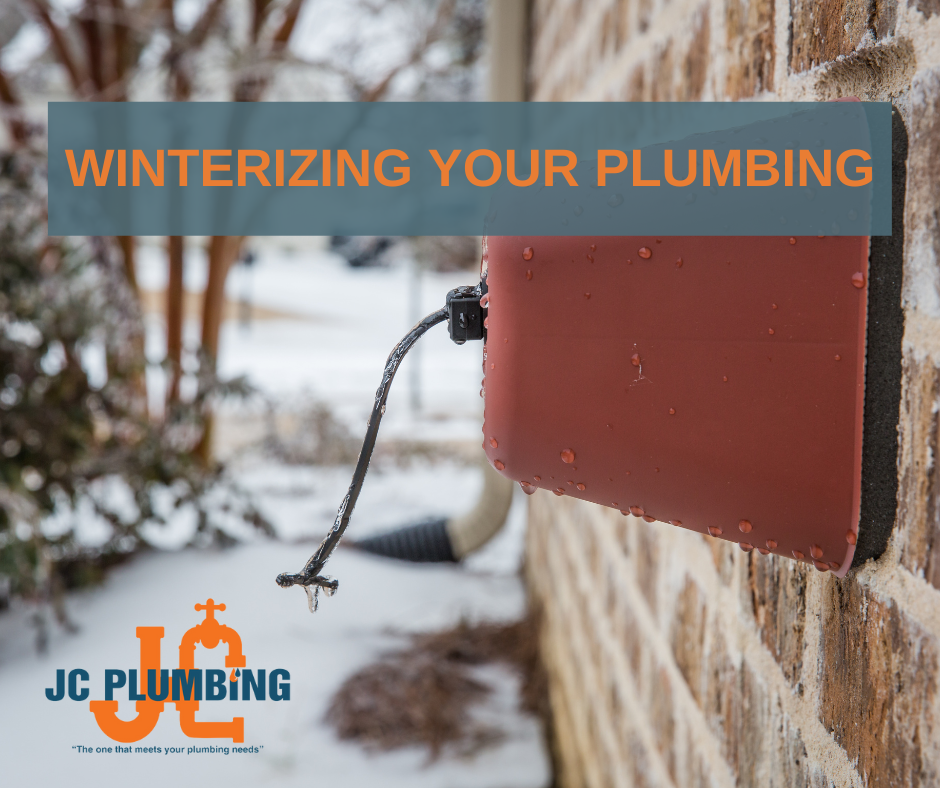
We know that water expands when it freezes. That isn’t a problem with the ice cubes in your freezer, but if that ice forms in your plumbing, it’s a potential disaster. A frozen pipe can crack, spewing hundreds of gallons of water into your home. Fortunately, you can take steps to help prevent a disaster. Winterizing your home plumbing is essential to prevent frozen pipes and costly damage. Here are some tips to help you prepare your home plumbing for this winter.
Shut Off Outdoor Faucets
Turn off outdoor faucets at their shut off valves, then open the faucet and bleeder cup on the shutoff valve to drain any water out of the pipe. If you do not drain the pipe completely, it can still freeze and crack. Leave the bleeder cap open with a bucket underneath to catch any drips. If the dripping continues, your shutoff valve may need to be replaced.
Disconnect Hoses
Remove garden hoses from their faucets, drain them and store them for the winter. A water-filled hose left out in the cold weather will freeze. If the house is still connected to the faucet, ice can back up into the pipe inside your house, causing the pipe to crack.
Insulate Pipes and Cover Hose Bibs
Use foam pipe insulation and/or heat cables on exposed pipes in unheated areas like basements, attics, and garages. Hose bib covers provide insulation to your outdoor faucets.
Seal Gaps
Check for gaps around windows, doors, and where pipes enter the house. Seal these with caulk or insulation to prevent cold air from seeping in.
Drain Sprinkler Systems
If you have an irrigation system, drain it and shut off the water supply to prevent freezing.
Keep the Heat On
Maintain a consistent temperature in your home, even when you're away. Setting the thermostat for winter to at least 68°F when you are awake and at least 55°F when you are sleeing or when you are away on vacations or extended period. Indoor plumbing may freeze if the temperature inside the house dips below freezing for long periods.
Open Cabinet Doors
In particular cold weather, open cabinet doors under sinks to allow warm air to circulate around plumbing.
Let Faucets Drip
During extreme cold, let faucets drip slightly to keep water flowing and reduce pressure build-up.
Check Your Water Heater
Ensure your water heater is in good working condition and drain it to remove sediment.
Know Your Main Water Shut-Off Valve
Familiarize yourself with the location of your main shut-off valve in case of an emergency. If you are leaving for a vacation during the winter, turn the water off at the main shut-off valve. That way if frozen pipes do crack, you will have less damage.
Consider Professional Help
If you're unsure or have complex plumbing systems, consult a plumber for thorough winterization.
By following these steps, you can help protect your plumbing from winter-related issues!
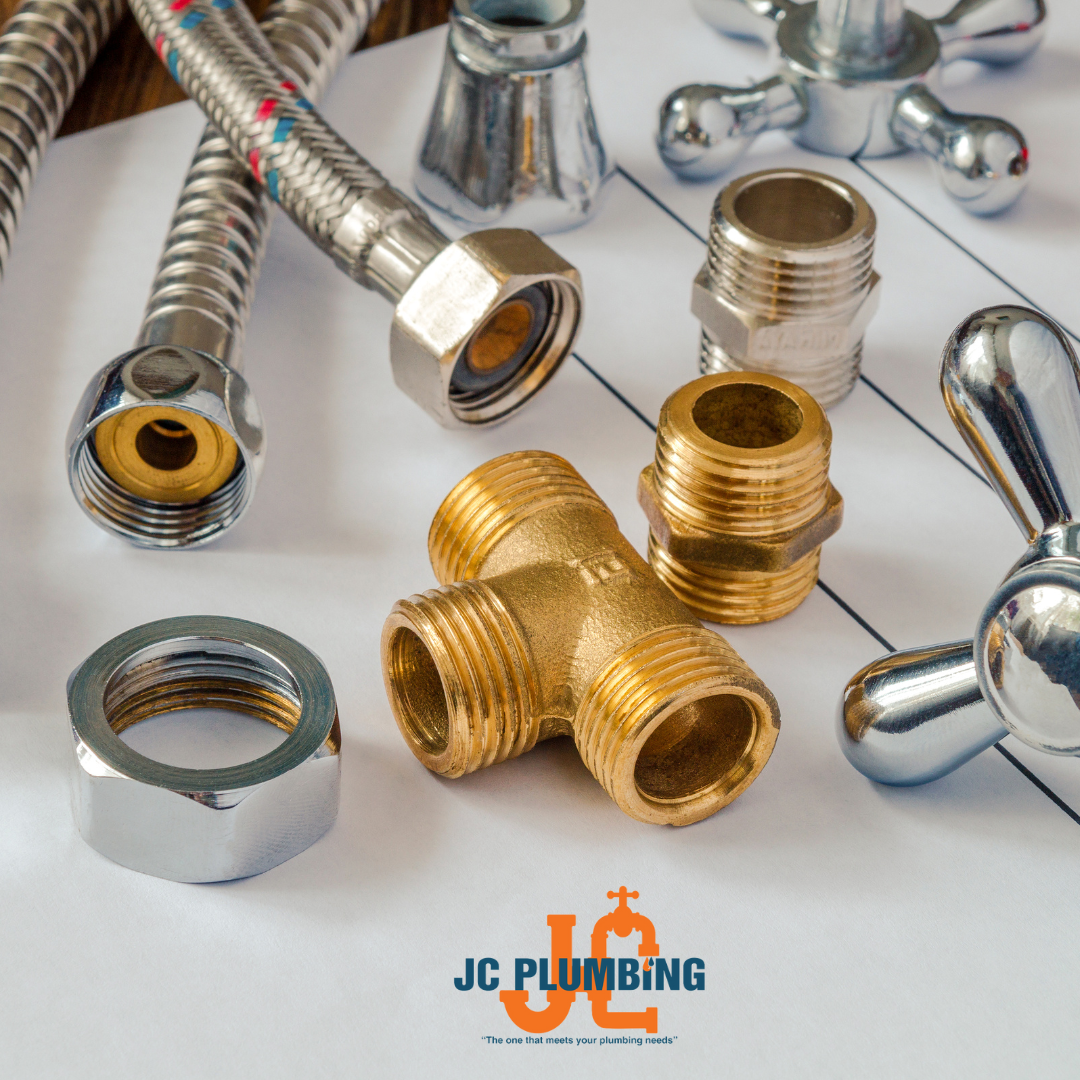
serving Area
Algona
Auburn
Black Diamond
Bonney Lake
Buckley
Burien
Covington
Des Moines
Edgewood
Enumclaw
Federal Way
Fife
Gig Harbor
Kent
Lakewood
Milton
Pacific
Parkland
Puyallup
Renton
SeaTac
South Seattle
West Seattle
Spanaway
Steilacoom
Sumner
Tacoma
Tukwila
University Place
and surrounding areas
Business Hours
- Mon - Fri
- -
- Saturday
- -
- Sunday
- Closed
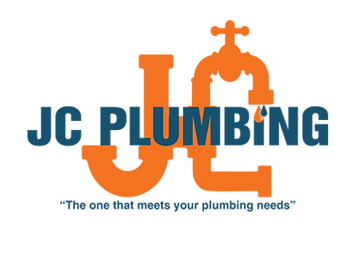

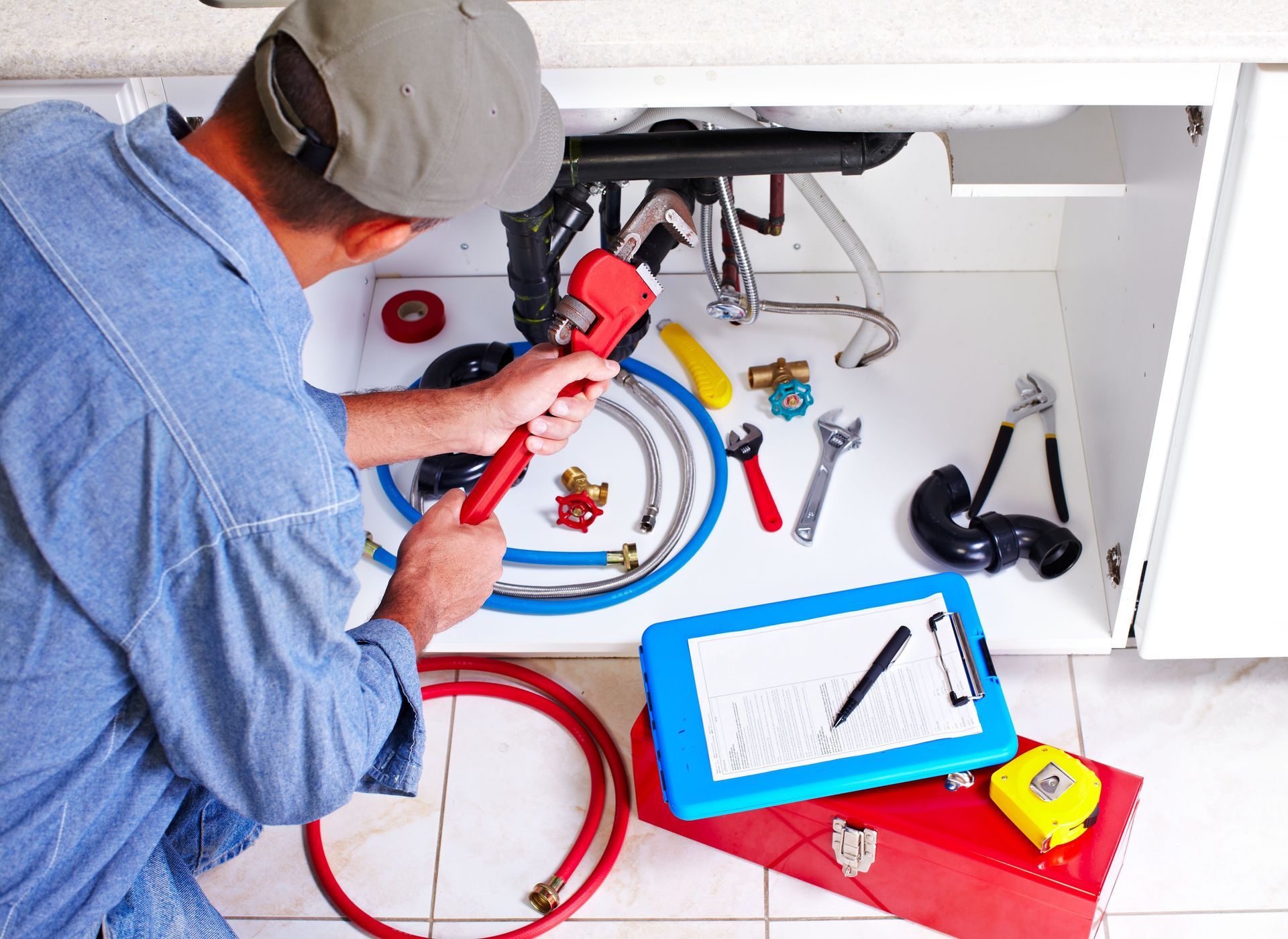

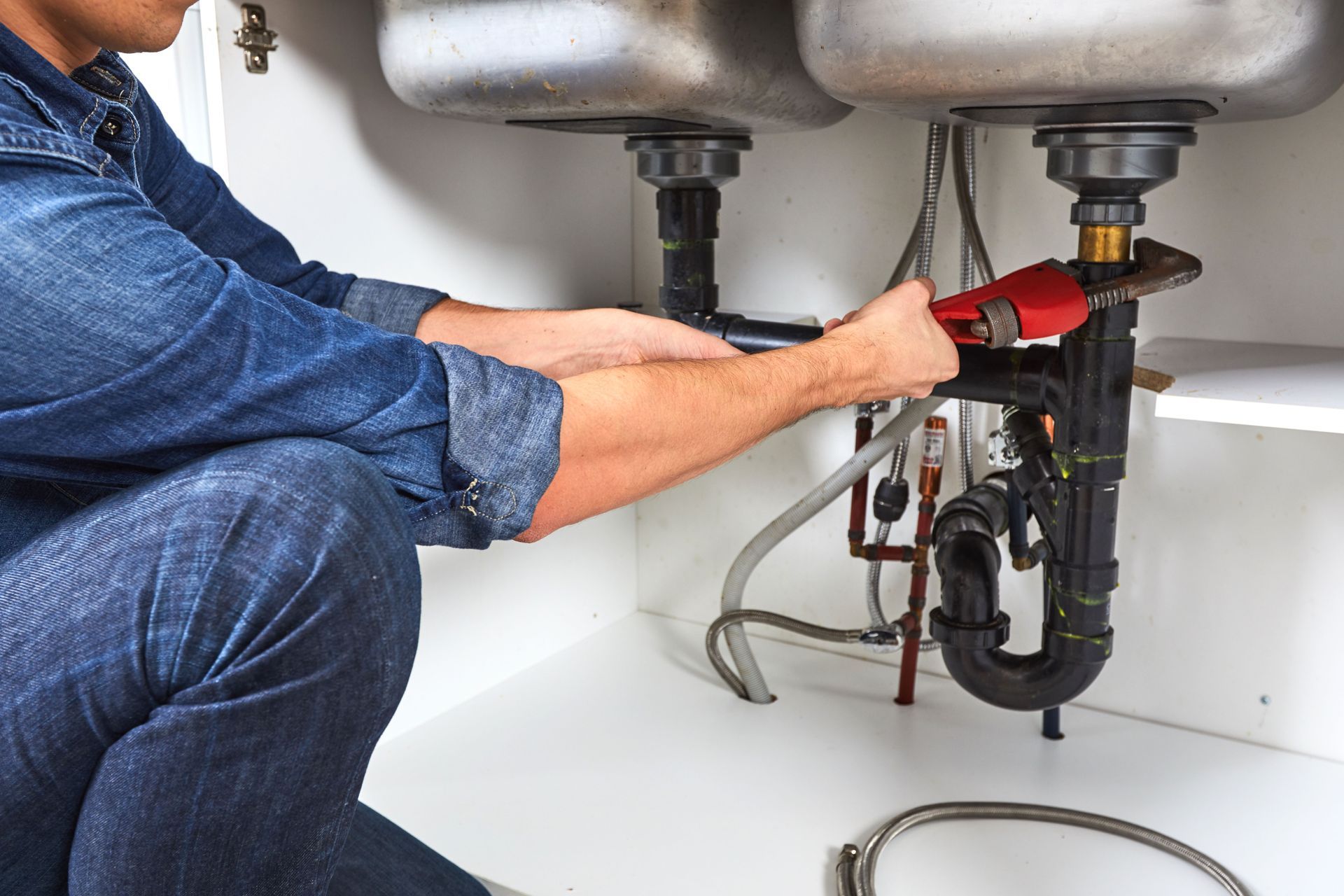

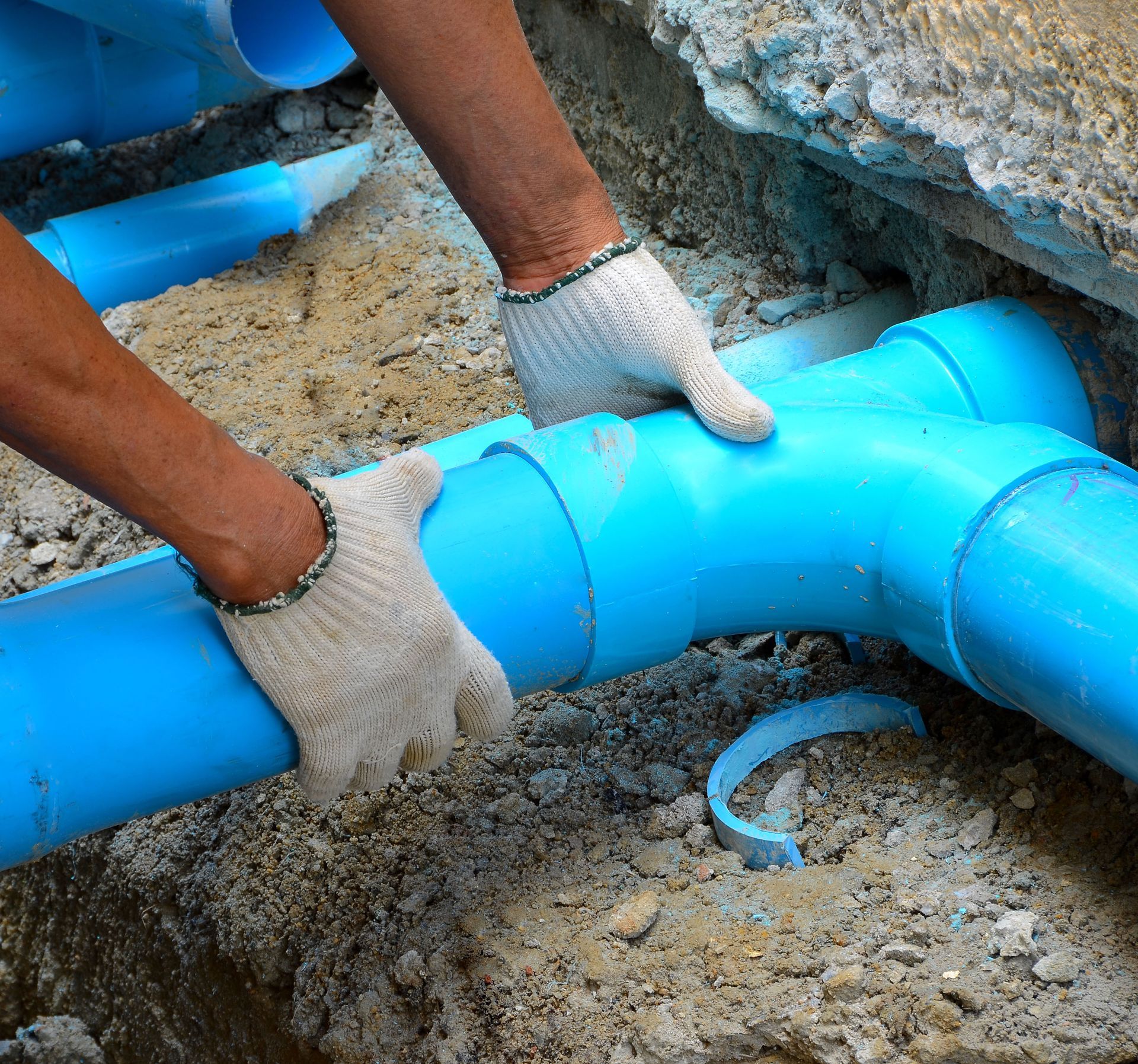

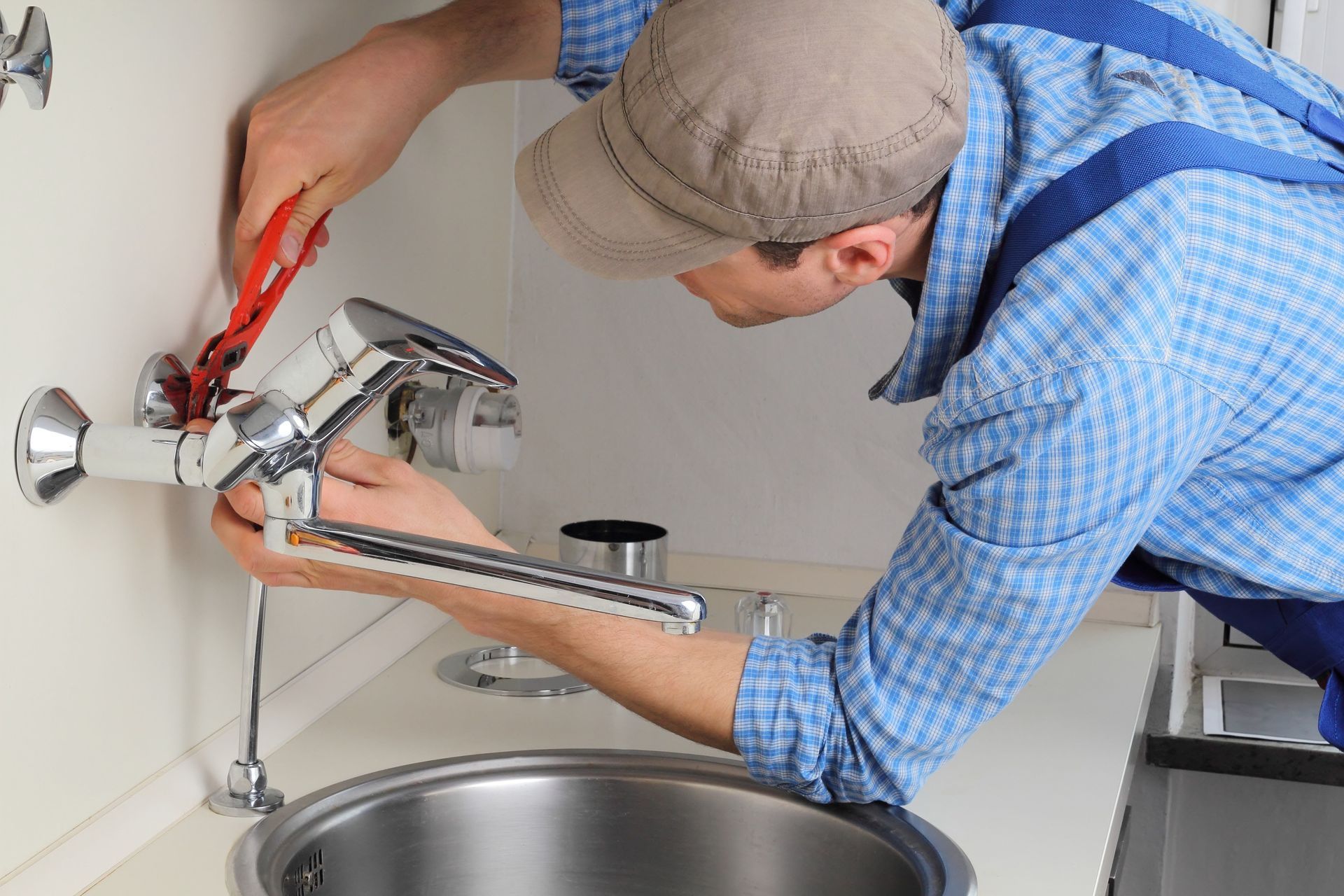
Share On: